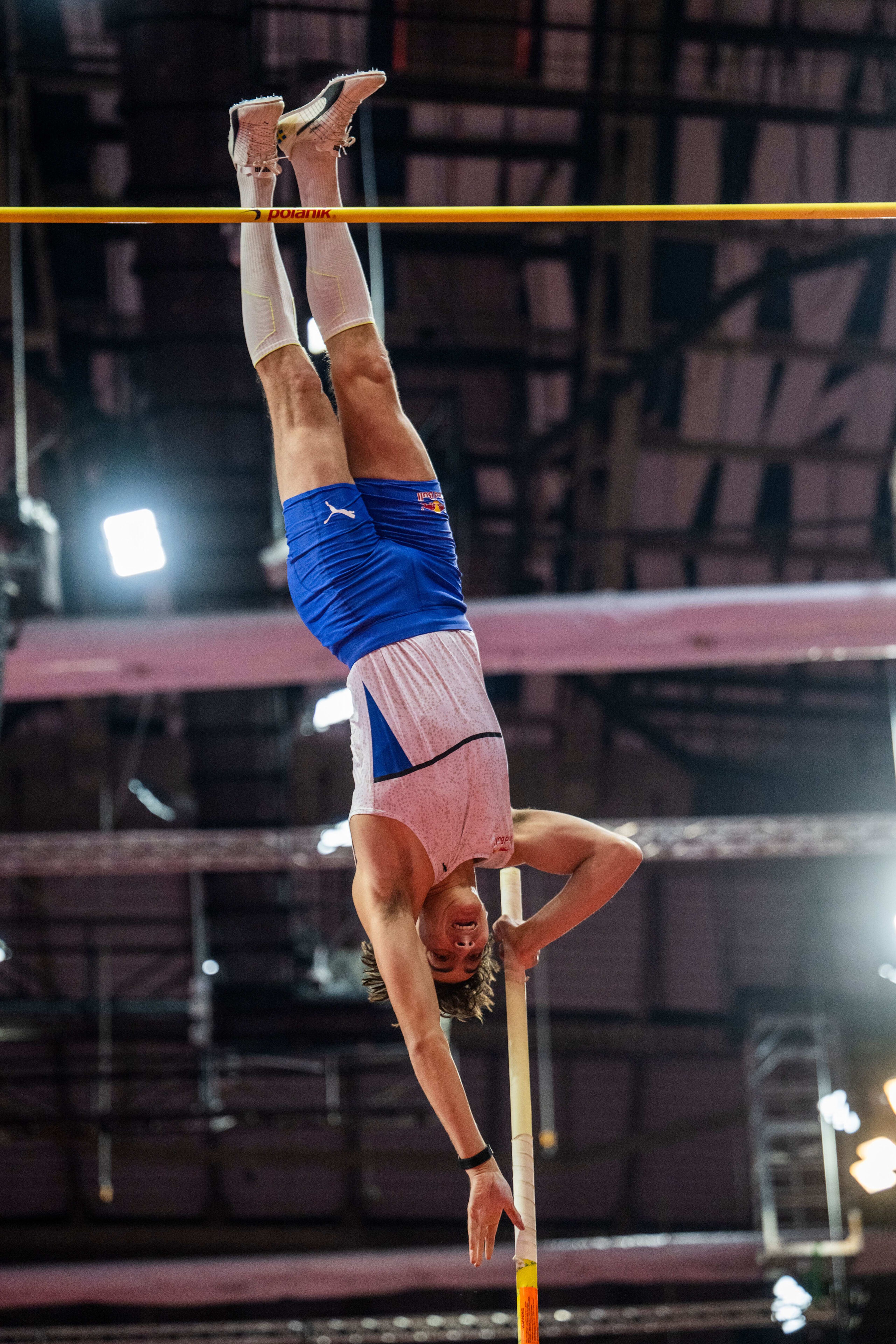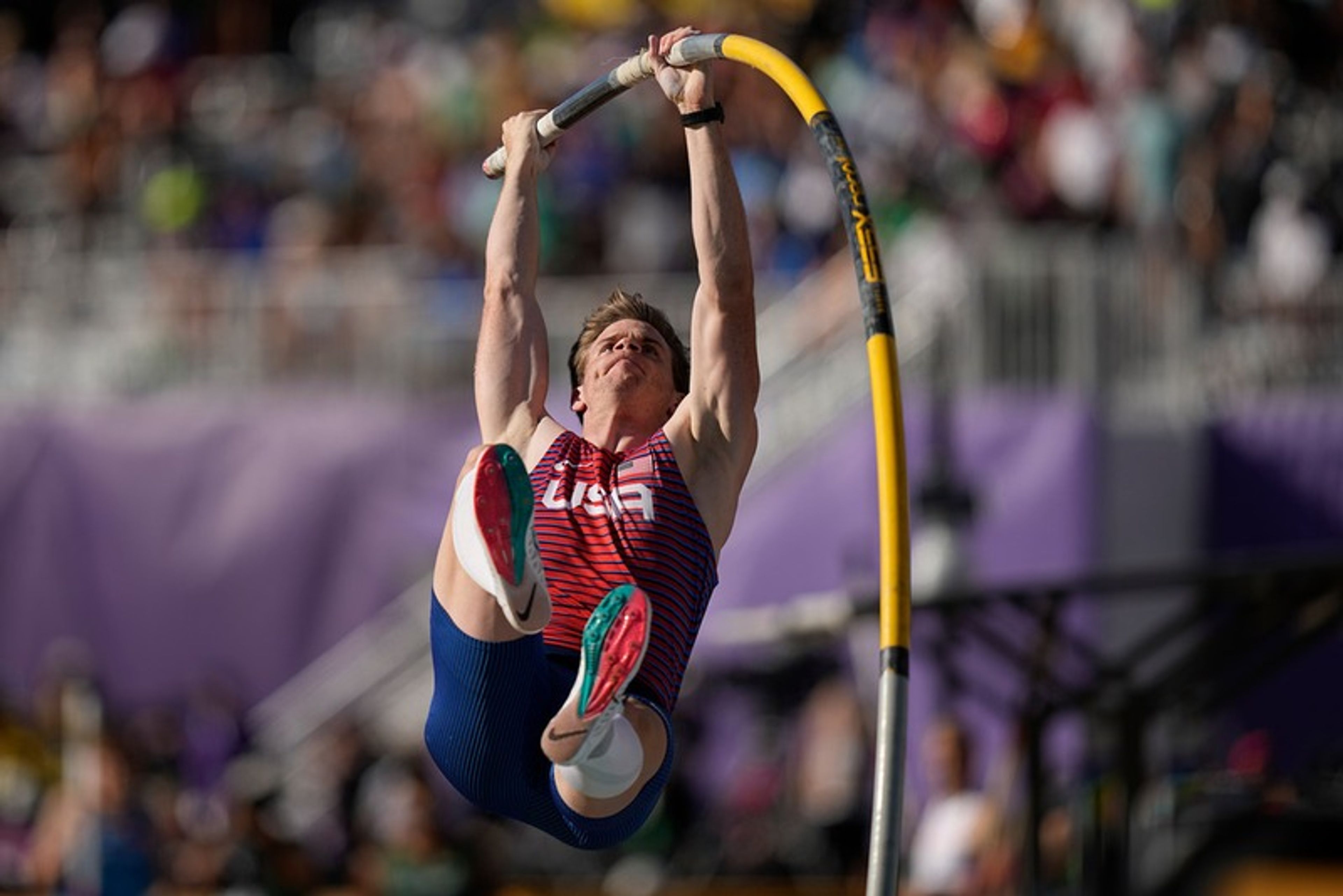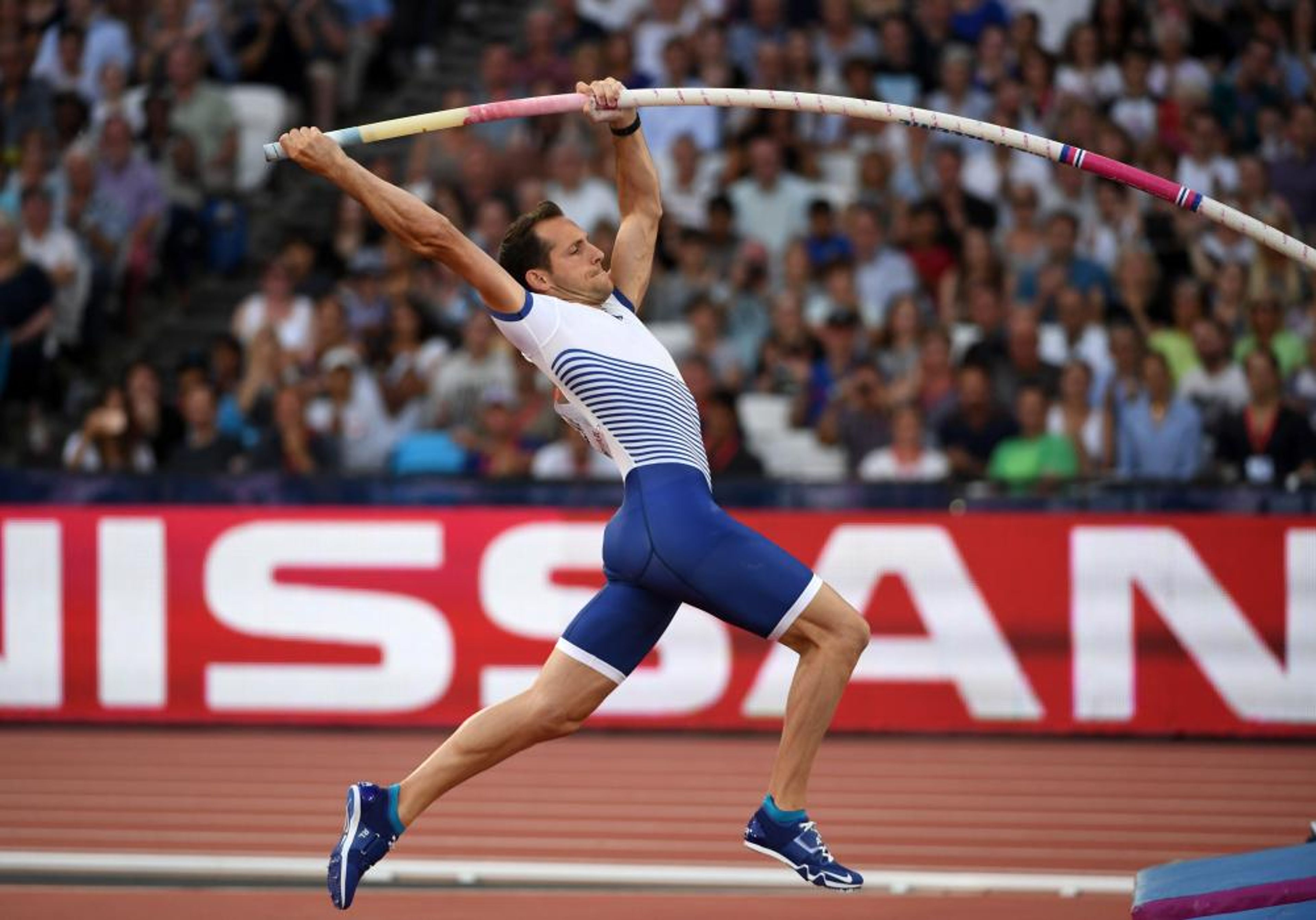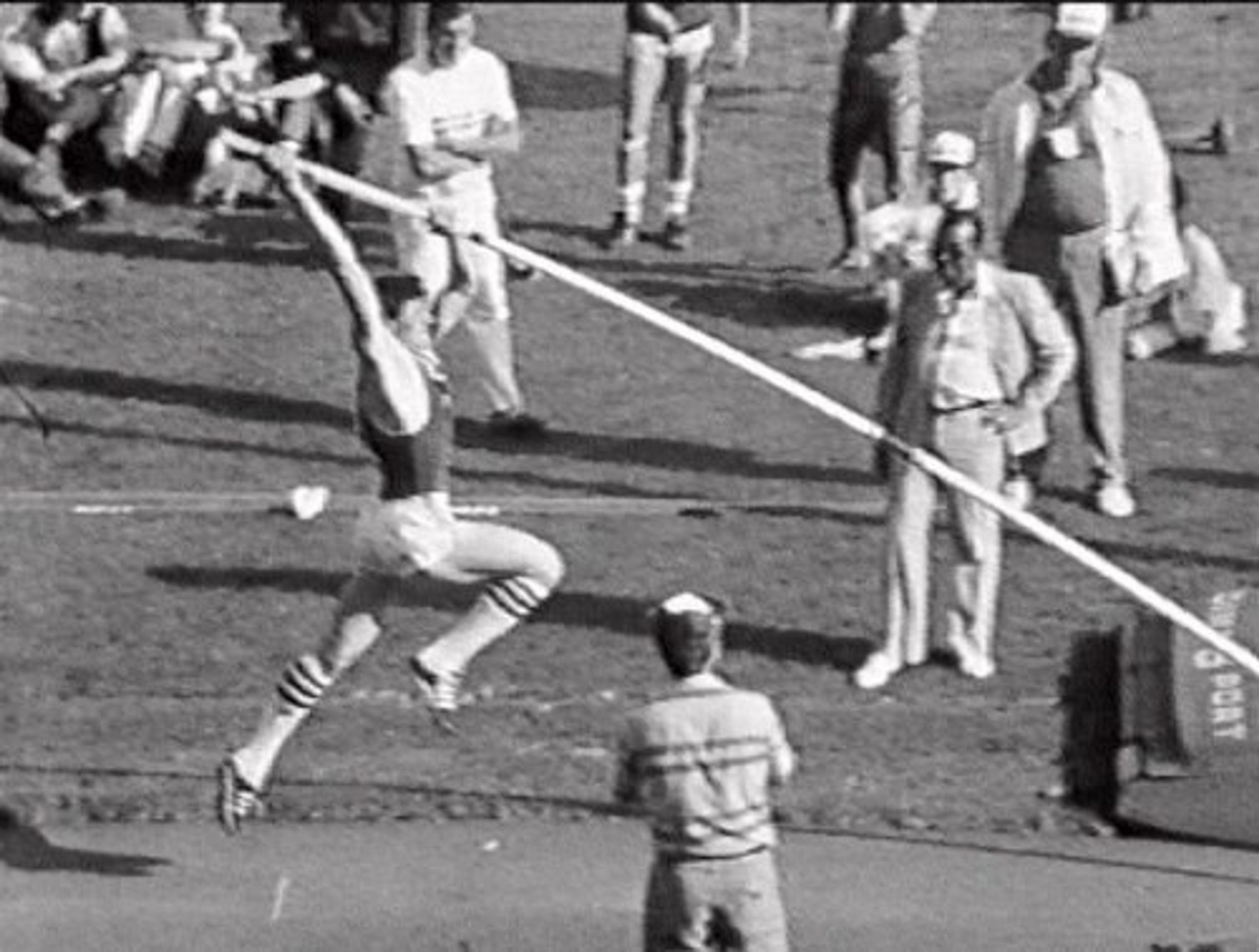Master The Pole Vault Pop Up Drill
Unlock Pole Vaulting Success: Master the Pop-Up Drill with our step-by-step guide. Learn essential techniques for explosive takeoffs, precise pole plants, and refined swings to elevate your vaulting performance.
Mastering the Pop-Up Drill in Pole Vault
The Key to Pole Vaulting Success
The pop-up drill is a cornerstone of pole vaulting, a sport that combines speed, strength, and precision. This drill is essential for developing an explosive takeoff, ensuring precise pole plant mechanics, and refining the initial swing. Mastering the pop-up drill can significantly enhance a vaulter's performance, leading to higher and more consistent vaults.
Understanding the Mechanics of the Pop-Up Drill
Objective of the Pop-Up Drill
The primary goal of the pop-up drill is to develop an explosive and effective takeoff, ensure precise and efficient pole plant mechanics, and refine the initial swing and body position immediately after takeoff. By focusing on these aspects, vaulters can improve their overall technique.
Equipment Needed
To perform the pop-up drill, you will need:
- A pole vault pole suitable for your skill level and weight.
- A pole vault pit or a safe landing area.
- A runway or approach space.
Warm-Up Routine
Before starting the pop-up drill, it is crucial to warm up properly. Begin with dynamic stretches, jogging, and mobility exercises, emphasizing hip flexors, hamstrings, calves, and shoulders. A thorough warm-up will help prevent injuries and ensure optimal performance.
Step-by-Step Guide
Pole Selection and Grip
Choosing the right pole is essential for the pop-up drill. Select a pole that matches your skill level and weight for short approach drills. Grip the pole at a height that allows you to perform the drill with proper technique, typically lower than your competition grip. This will give you more control and help you focus on the mechanics of the drill.
Approach Mechanics
Position yourself 3-5 steps away from the takeoff point, adjusting based on your comfort and experience level. Your approach should be controlled and focused on generating speed for the takeoff. A consistent and powerful approach is key to a successful takeoff and pop-up.
Pole Plant Timing and Coordination
The pole plant must synchronize with the final steps of your approach. The last step should be quick and powerful, with the pole reaching the box as the takeoff foot contacts the ground. The top hand should extend high above your head, and the bottom hand should guide the pole into the box. The pole plant should be straight, with no bending at the waist.
Takeoff Dynamics
The takeoff phase involves converting kinetic energy from the run into potential energy in the pole. As the pole hits the back of the box, push off the ground with your takeoff foot (non-dominant foot). Focus on an explosive takeoff, driving your knee up and extending your takeoff leg. The pole should begin to bend as you push off, maximizing energy transfer.
Initial Swing Mechanics
The initial swing should be aggressive, initiated by the trail leg. A straight, extended trail leg acts as a lever, increasing rotational speed. Allow your body to swing naturally after takeoff, keeping your trail leg long and your body in a straight line. Maintaining a straight body alignment during the swing ensures efficient energy transfer and prevents loss of momentum. The top hand should remain extended while the bottom hand guides the pole.
Pop-Up Execution
Aim to pop up vertically, emphasizing height and form. Keep your eyes focused forward or slightly upward. Focus on a smooth and controlled movement, maintaining balance and body alignment. The pop-up should mimic the initial phase of the vault, helping you develop the correct form and technique.
Landing
Allow yourself to fall back onto the pit safely. Maintain control throughout the landing to avoid injuries. Proper landing technique is crucial for safety and helps reinforce good habits.
Identifying and Correcting Common Mistakes
Incorrect Pole Plant
Ensure the pole plant is timely and smooth. Practice focusing on the plant motion, using drills such as plant runs without the full vault. Incorrect pole plant timing can lead to a loss of momentum and energy, affecting the entire vault.
Weak Takeoff
Emphasize an explosive push-off. Incorporate plyometric exercises to build power, such as box jumps, depth jumps, and broad jumps. A weak takeoff can result in insufficient height and poor swing mechanics.
Poor Body Position
Maintain a straight body alignment during the swing. Strengthen your core and work on body alignment drills to improve stability. Poor body position can lead to inefficient energy transfer and difficulty in the inversion phase.
Inconsistent Grip
Ensure your grip height is consistent and comfortable. Adjust your grip based on feedback and progress. An inconsistent grip can affect the pole plant and takeoff mechanics.
Pole Plant Mechanics
The pole plant should be synchronized with your approach steps. The last step should be quick and powerful, with the pole reaching the box as the takeoff foot contacts the ground. Arm positioning is critical: the top hand should fully extend upwards, and the bottom hand should guide the pole into the box with minimal force.
Takeoff Dynamics
The takeoff phase involves converting kinetic energy from the run into potential energy in the pole. A powerful takeoff maximizes this transfer. At takeoff, maintain a slight forward lean, drive your hips upward, and fully extend your takeoff leg. The trail leg should remain straight to facilitate a powerful swing.
Swing Mechanics
The initial swing should be aggressive, initiated by the trail leg. A straight, extended trail leg acts as a lever, increasing rotational speed. Maintaining a straight body alignment during the swing ensures efficient energy transfer and prevents loss of momentum.
Pole Bend and Inversion
As the vaulter swings, the pole begins to bend. Staying close to the pole maintains control and prepares for inversion. The inversion phase begins as the vaulter passes through the chord of the pole. Keeping the body tight and aligned helps achieve a vertical position.
Pole Release and Bar Clearance
Release the pole at the optimal point where its recoil propels you upwards. Timing the release correctly is crucial for height. As you approach the bar, execute a controlled twist and pike, ensuring the hips clear first, followed by the legs and feet.
Video Analysis
Regularly record your pop-up drills and analyze them frame-by-frame. Look for inconsistencies in your pole plant, takeoff, and swing. Use software like Dartfish or Coach's Eye for detailed video analysis.
Strength and Conditioning
Focus on exercises that build explosive power, such as plyometrics, Olympic lifts, and sprint drills. Core strength is vital for maintaining body alignment during the swing and inversion phases.
Flexibility and Mobility
Regularly incorporate flexibility and mobility exercises into your training regimen. Hip flexor, shoulder, and hamstring flexibility are particularly important. Consider yoga or dynamic stretching routines to enhance flexibility.
Mental Preparation
Visualization techniques can help reinforce muscle memory and improve performance. Visualize each phase of the pop-up drill before execution. Work on building a pre-jump routine to enhance focus and consistency.
Conclusion
The pop-up drill is a vital component of pole vault training, offering a pathway to mastering the sport's fundamental mechanics. By focusing on explosive takeoff, precise pole plant, and refined swing mechanics, vaulters can significantly enhance their performance. Consistent practice, attention to detail, and proper feedback are key to mastering the pop-up drill and achieving success in pole vaulting. Integrate these insights into your training and explore additional resources to further improve your technique and performance.







